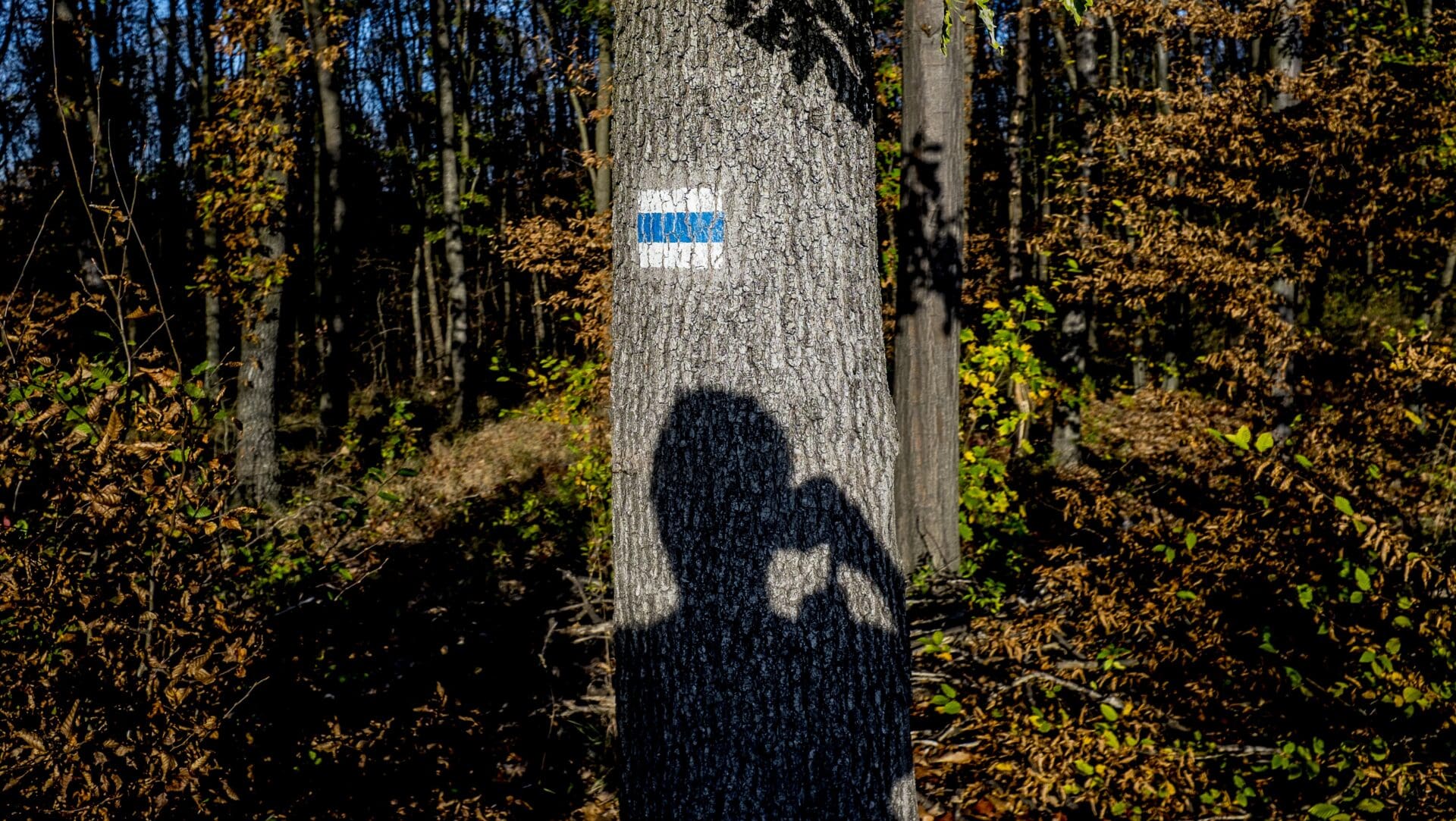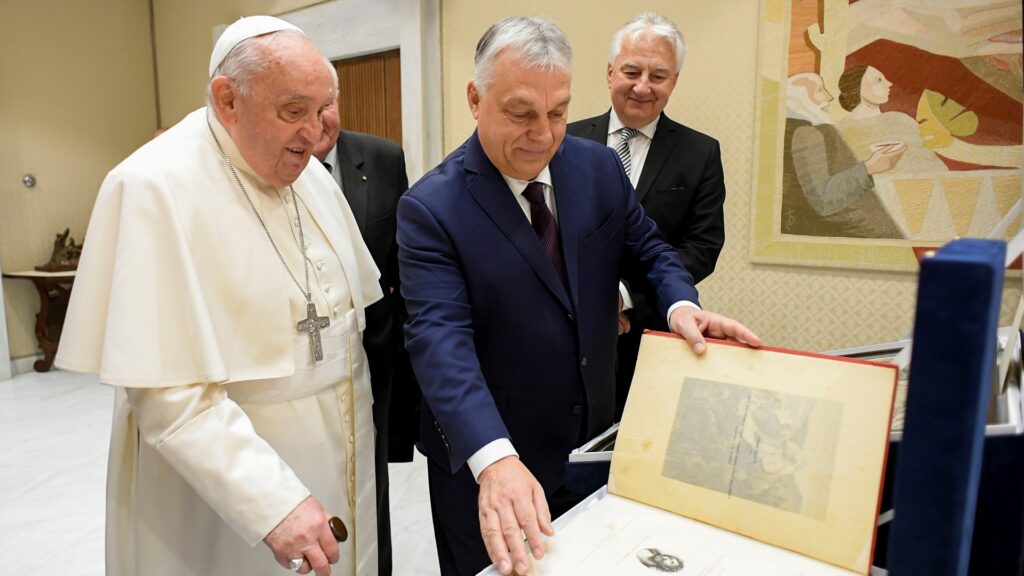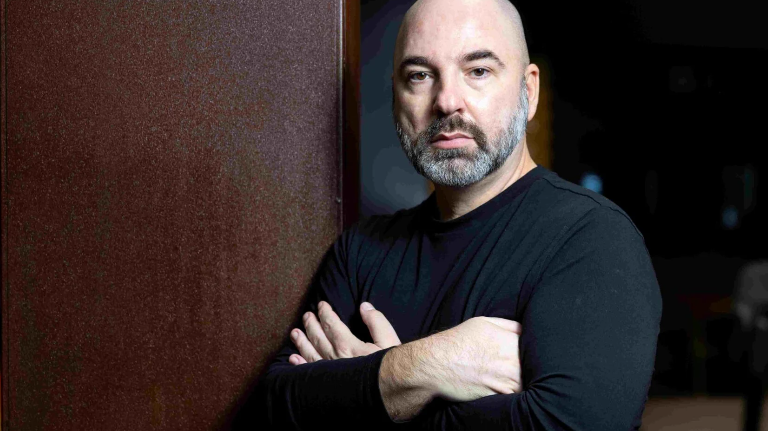The following is a translation of an article written by Gáspár Kéri, originally published in Magyar Krónika.
Ten years ago this year, Barna Burger (1965–2017), the renowned photographer who died a tragically early death, fulfilled a childhood dream by walking nearly one thousand two hundred kilometres of the National Blue Trail. During the one-and-a-half-year hike, he took about 40,000 photographs, of which one hundred selected ones can now be seen in the exhibition entitled The Blue Rambler at the Hungarian Natural History Museum. The exhibition has been put together with the assistance of the Robert Capa Contemporary Photography Center.
Standing at sunrise on a rocky lookout point on the Gerecse mountain, listening to the babel of birds singing in the Bakony, reaching a small village in Zemplén at noon bell, or chatting with the locals in one of the village shops, an oasis for the weary wanderer; all of this enrich the National Blue Trail experience with something that is beyond the idea of an obvious inner journey, offering also a reinterpretation of the concept of homeland.
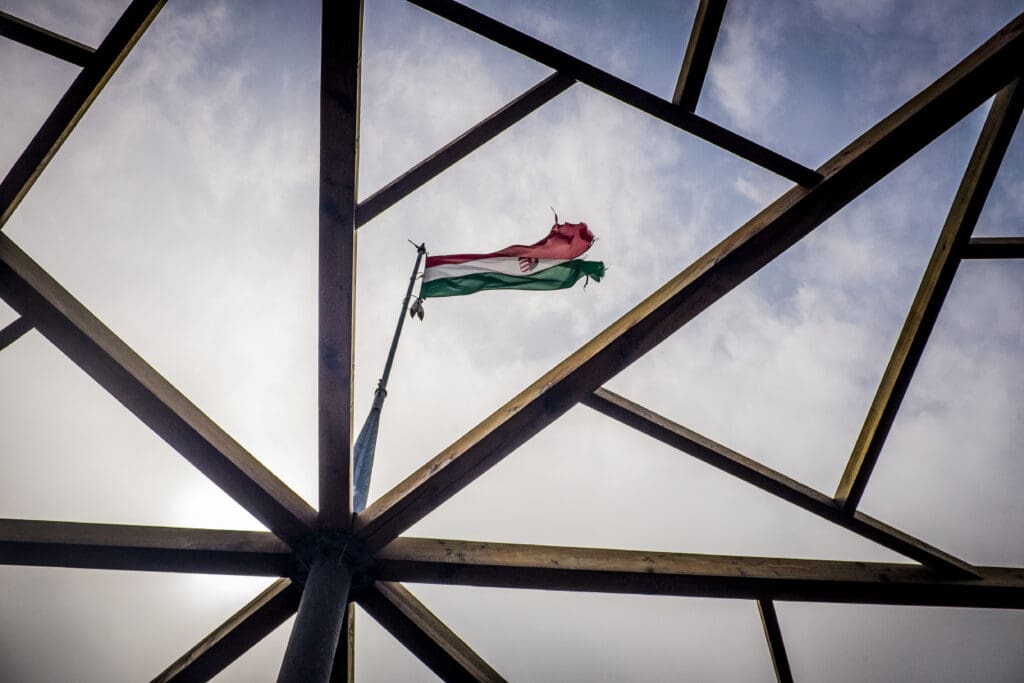
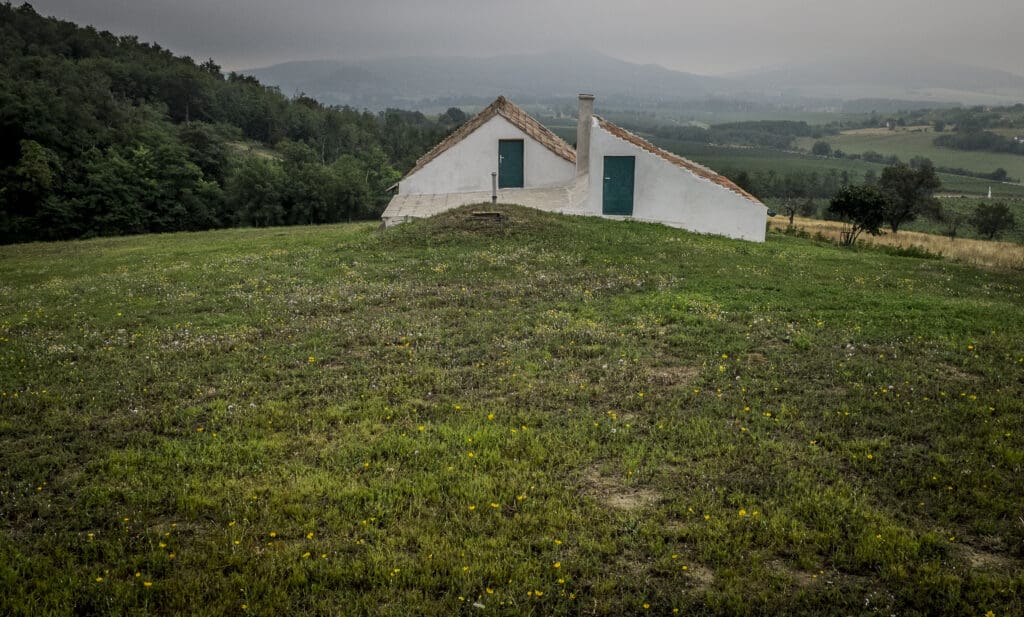
There are many reasons for taking the Blue Trail, declared one of the world’s most beautiful hiking trails; one can start from Hollóháza to Írottkő, or set off in the opposite direction, from Kőszeg to Zemplén, or actually in any order, to be part of an adventure of a lifetime.
One incentive may be the love of nature, or a long-standing passion for hiking.
However, other inspiring forces can also drive us to escape the daily grind, such as fearing burnout, the longing to know ourselves or heal our souls. It was the latter intentions that led Barna Burger, a professionally successful and renowned photographer, to take this path as well. However, for him, as for many others, the legendary documentary series by Pál Rockenbauer titled One and a Half Million Steps in Hungary, shot in 1979, was the alpha of everything.
There are only two types of visitors who enter the exhibition space in the dome hall of the Hungarian Natural History Museum. On the one hand, those who have already experienced the mystery of the Blue Trail, and are immediately overcome by nostalgia. On the other hand, there are those who will surely be inspired by the exhibition to take the Blue Trail. Visitor experience is greatly enhanced by the concept of the exhibition that sets it apart from the usual interiors of traditional photography exhibitions, making it blend in well with the other illustrative and experiential exhibitions of the museum that celebrates its two hundred and twenty-second birthday this year.
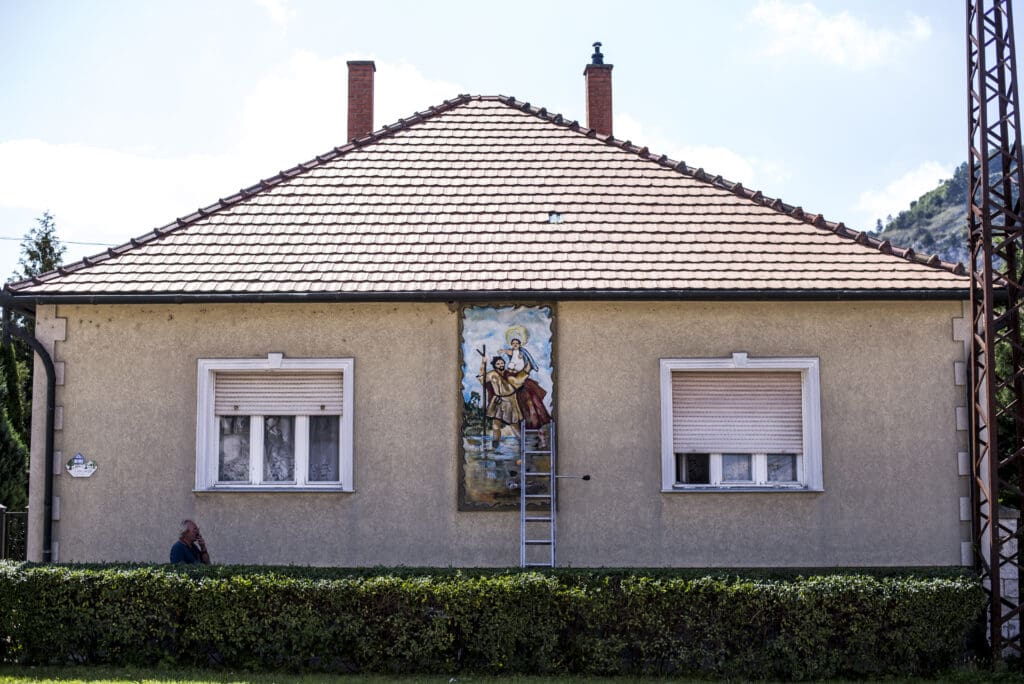
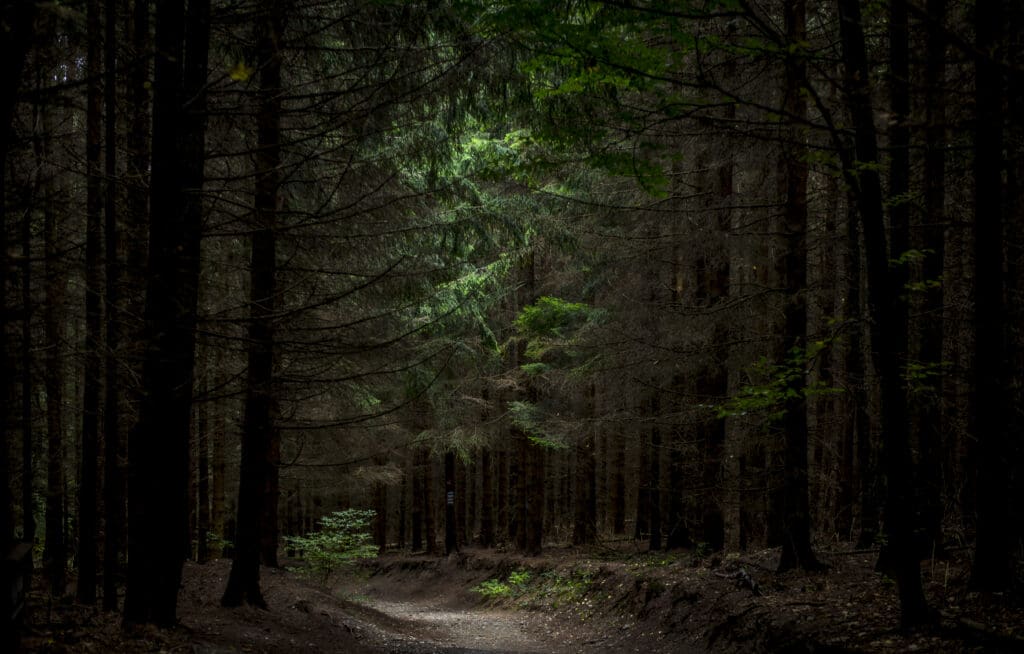
In addition to the classically represented photographs, there are also images printed on textiles in the dome hall, as well as images on installation elements. The framing of some of the photographs, as well as Barna Burger’s own texts, by the museum’s disused butterfly boxes and showcases is a particularly ingenious solution. In addition, interactive elements, the sounds of forests and fields, and alternating images on a monitor wall also augment the experience of visitors. The exhibition can be explored in the same way as the National Blue Trail itself: in any order or by following the geographical areas located along the trail one after the other. Personally, I would suggest walking through the exhibition in the same way as Barna Burger did, following the example of Pál Rockenbauer: from east to west.
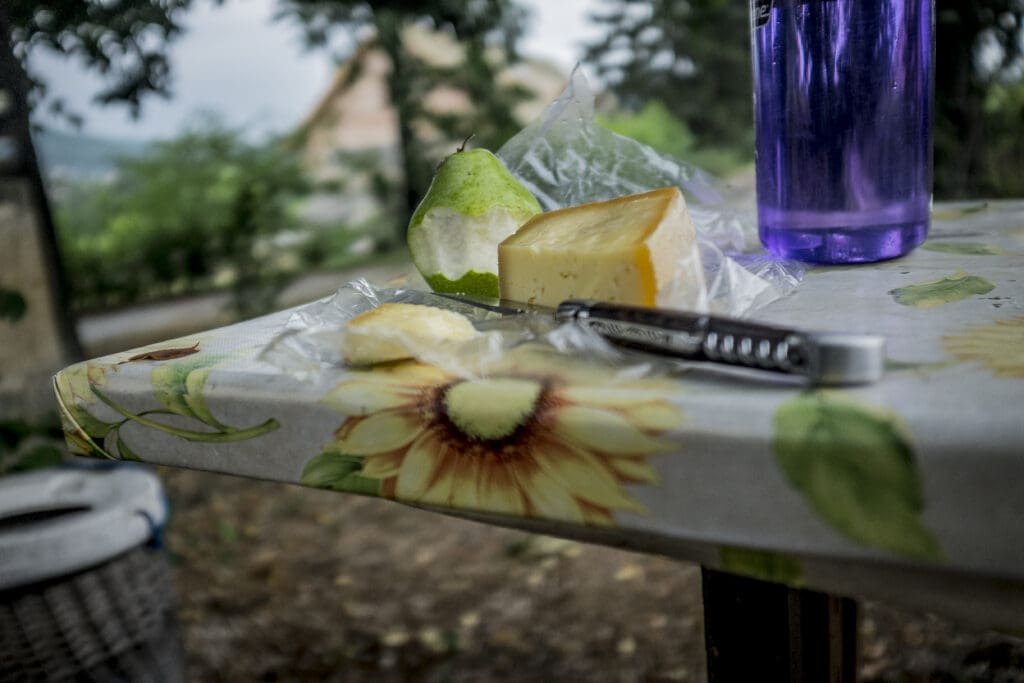
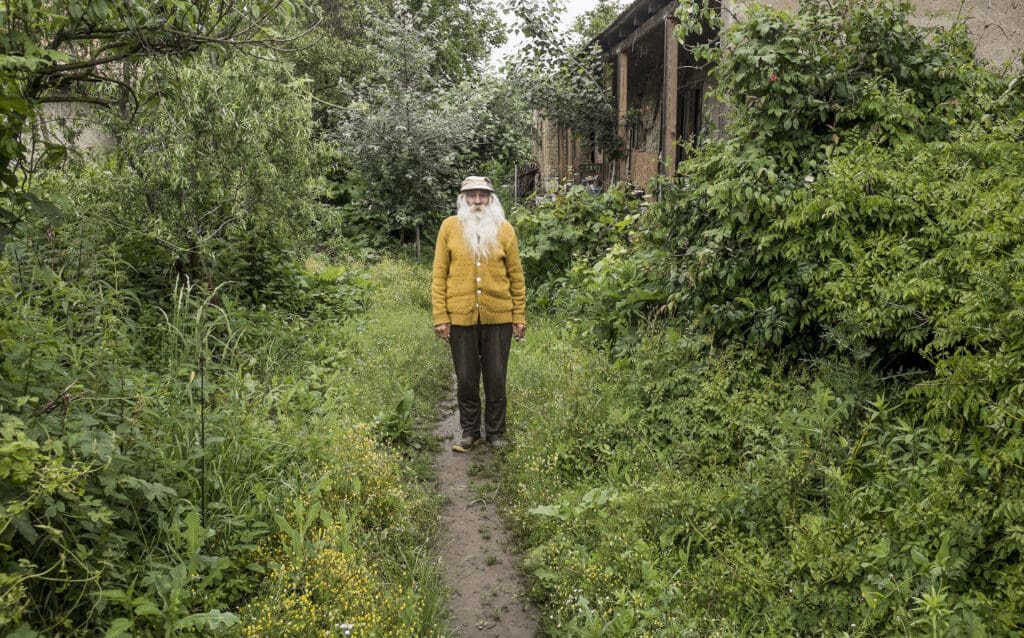
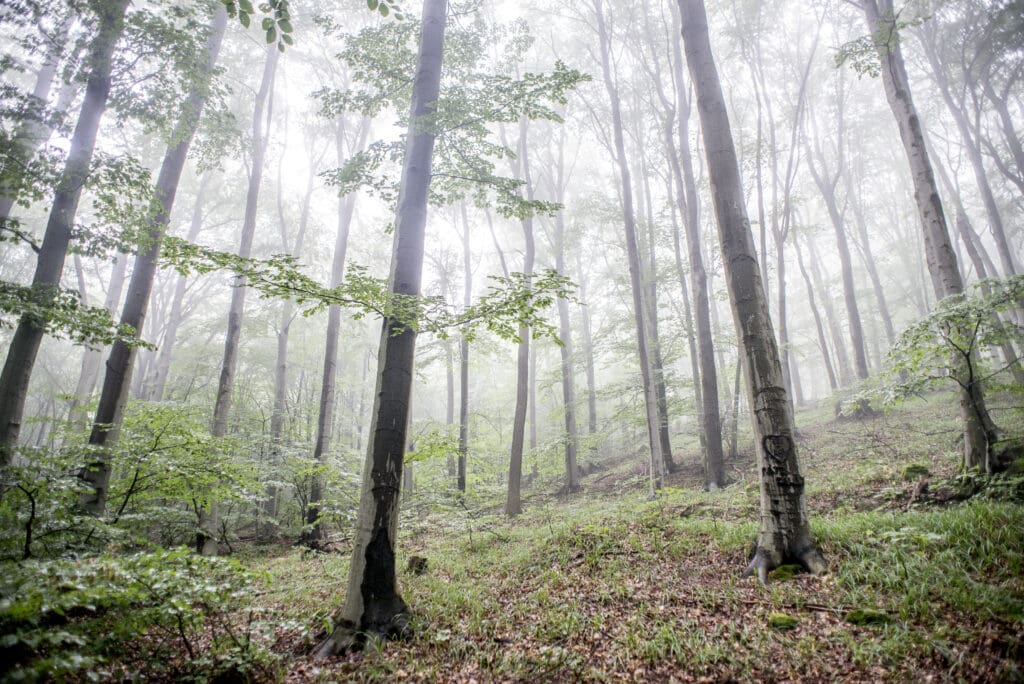
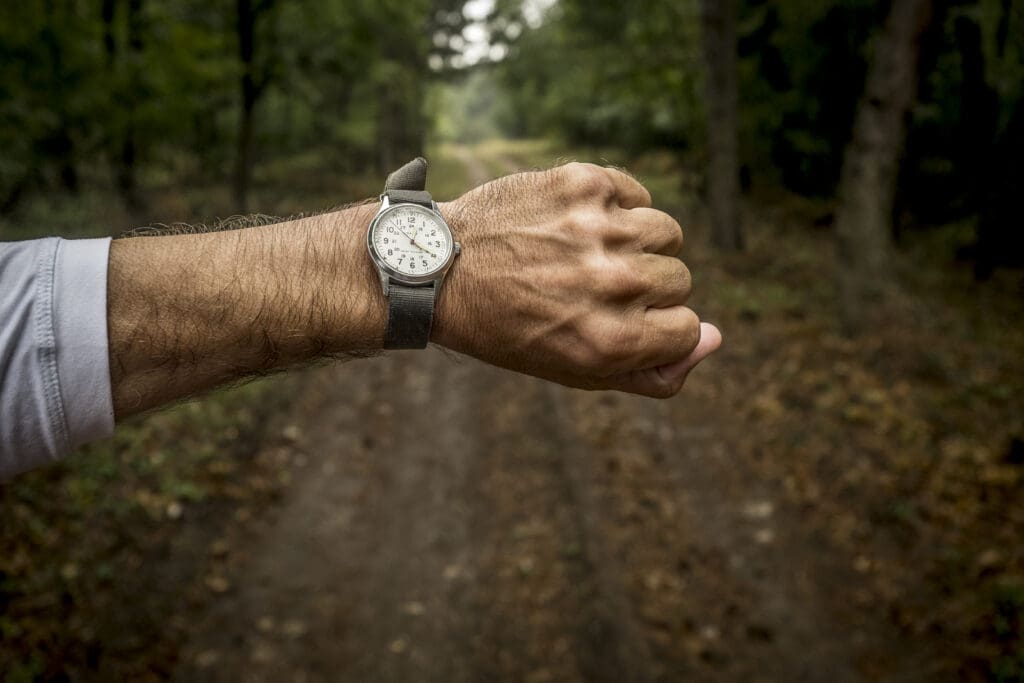
During his wanderings, Burger was often accompanied by his good friend of many decades, writer Zoltán Kőrösi, who has also since passed away. The text of the photographer’s album The Blue Rambler, published in 2015 with the same title as the current exhibition, was also jointly annotated, and the passages taken from it are an inescapable guide to the exhibition:
‘If you walk on the Blue Trail, tread on roots and stones, stumble in mud, kick up dust, step in nettles, stumble at the side of asphalt roads: you are talking to Hungary. To the country that is your home and shows itself to you. It welcomes you, while it helps you get to know yourself as well. It talks about time, experiences, and goals.’
The Blue Rambler exhibition was created in collaboration with the Robert Capa Contemporary Photography Center by the Hungarian Natural History Museum. The Center was the brainchild of Barna Burger and Orsolya Kőrösi, who is the current director of the Center founded in 2013. The exhibition is both a tribute to a great man and an outstanding photographer, while at the same time an incentive to accomplish the National Blue Trail. Because stepping on the ‘blue’ and walking the trail will surely be one of the best decisions of our life.
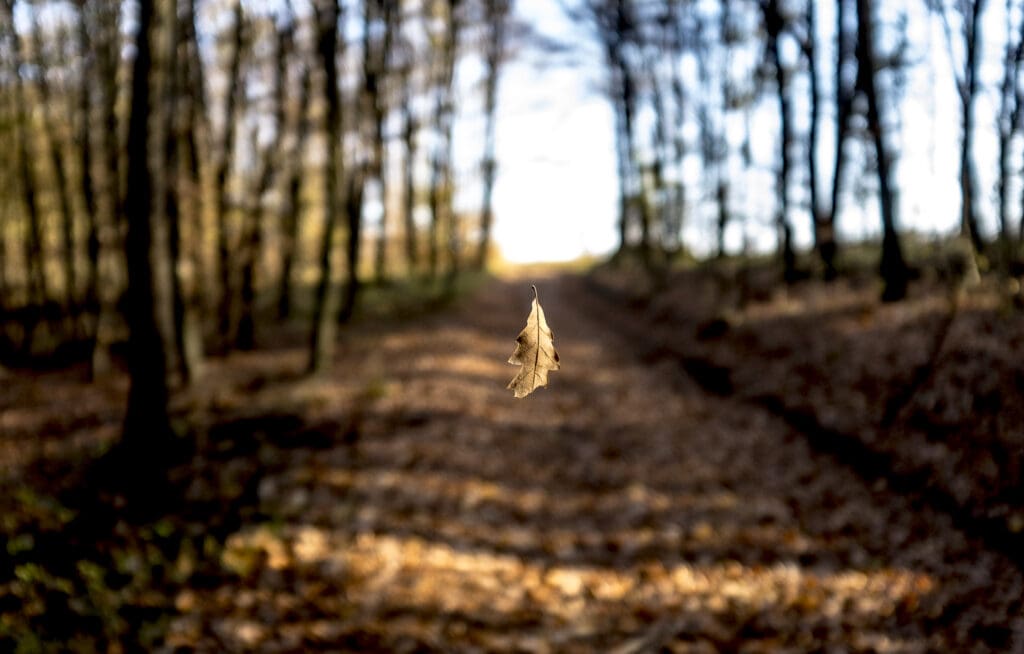

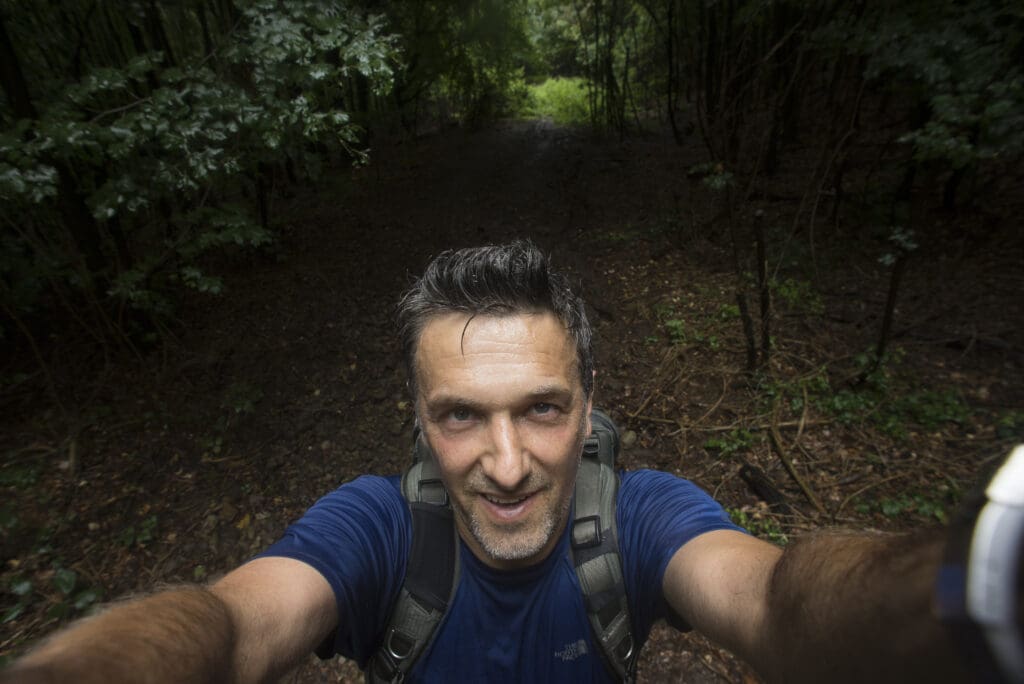
Barna Burger: The Blue Rambler. The exhibition is on display in the dome hall of the Hungarian Natural History Museum until 31 October. Curator: Gabriella Csizek.
All the photos in this article were taken by Barna Burger.
Read more about the National Blue Trail:
Click here to read the original article.

